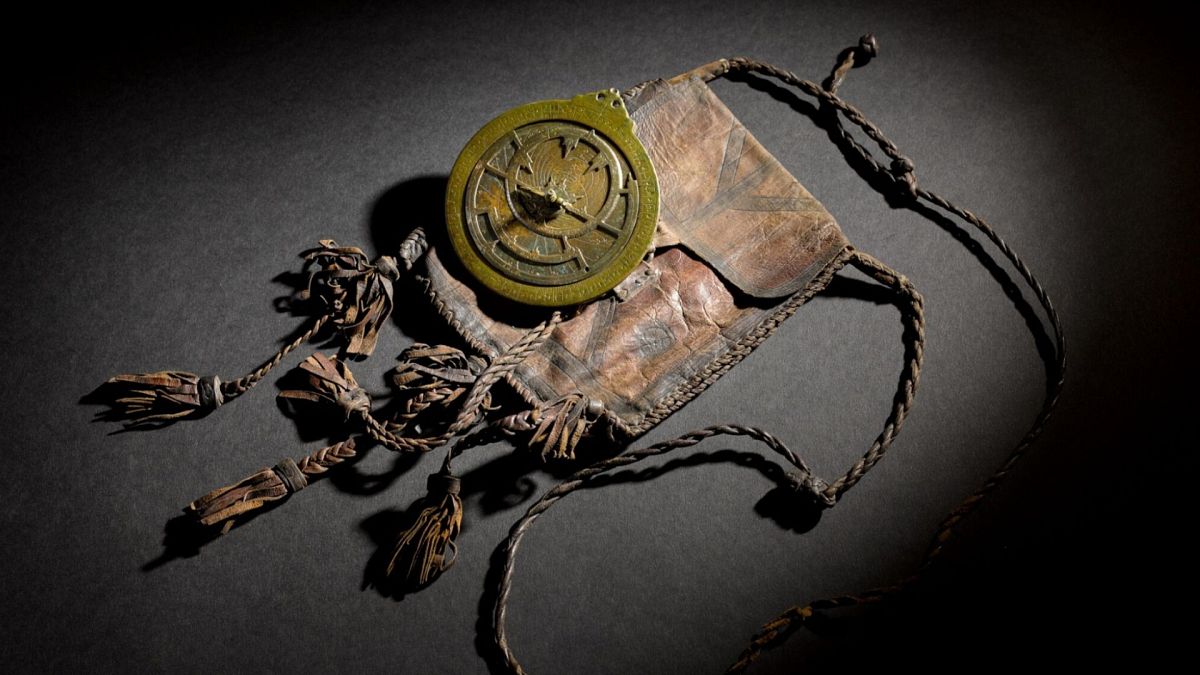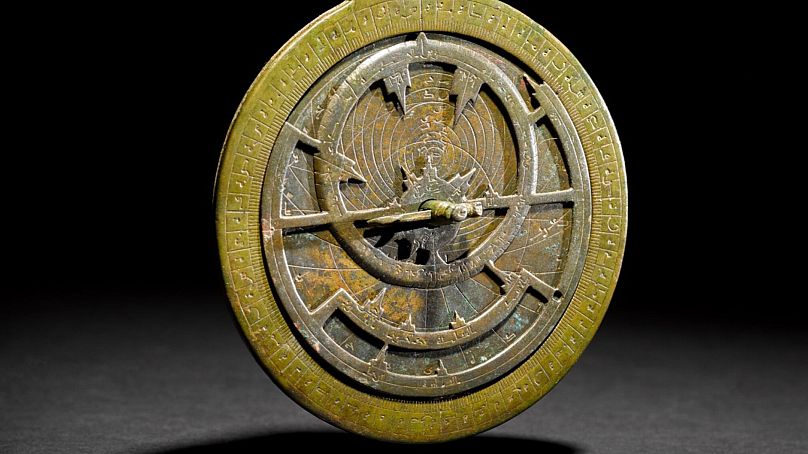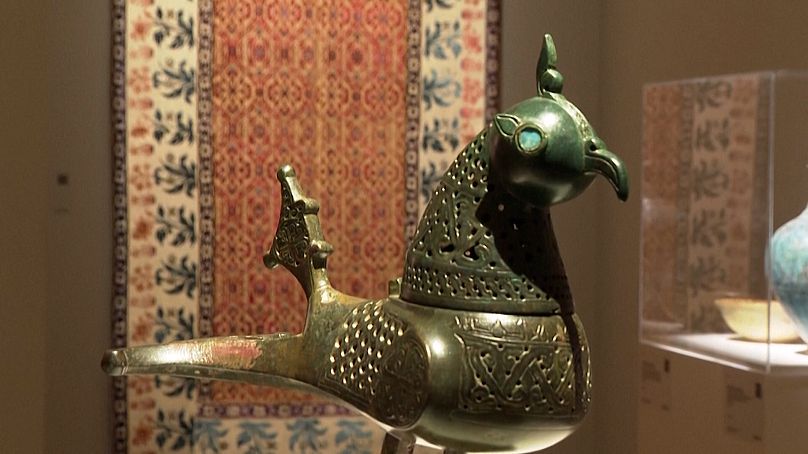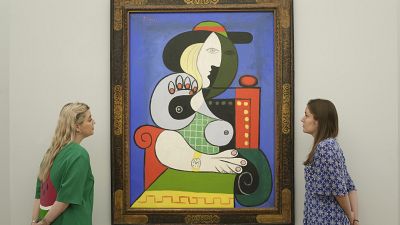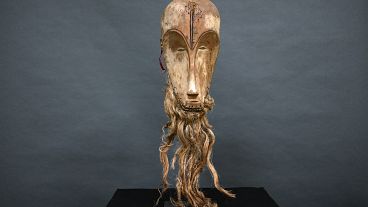The bronze astrolabe, originating from the 9th and 10th century Baghdad, forms part of the Sotheby’s ‘Arts of the Islamic World and India’ sale in London.
In the marvellous halls of Sotheby's, London, a rare and ancient relic, a bronze astrolabe, is expected to sell for an impressive sum of up to £2.5 million (€2.9m) when it goes under the hammer later this month.
This over 1000-year-old astronomical instrument, etched with intricate Kufic script, is designed to track celestial movements.
A ring maps the sun's journey, while pointers guide observers to select stars.
Crafted in the scientific crucible of 9th and 10th century Baghdad, the heart of the world's scientific knowledge during that era, this early feat of engineering has endured the ages and remained a closely guarded treasure within a private collection.
The historical significance of the astrolabe
The auction house’s resident expert, Benedict Carter, says it's a complex device:
"Probably the best way of describing an astrolabe is a two-dimensional representation of the three-dimensional universe. But which can be held in the palm of your hand,” he explains.
“Multitude of uses, but probably mostly used over the centuries to tell the time using the position of the sun during the day and the position of the moon during the night."
Astrolabes like this are rare and not often seen on the market.
Its current owner acquired it in 1982.
"The reason why this one is so special is just purely because of its age and location of origin. So, this was made most likely in Baghdad around circa 900 A.D., which puts it into sort of one of the earliest groups of Islamic astrolabes ever built. There are only around 20 of this type and date known at all, almost all of which are in global museums," says Carter.
What else is on sale at the auction?
The bronze astrolabe reigns as the star attraction (pardon the pun) in Sotheby's 'Arts of the Islamic World and India' sale.
Among the notable items accompanying it is a bronze measuring cup, adorned with inscriptions of prayers and praises to the divine, dating back to 1184 AD and potentially worth around a quarter of a million euros.
A 12th-century incense burner, fashioned in the image of a bird, holds an estimate of €180,000 to €230,000.
Additionally, a collection of plates, originating from Turkey and adorned with intricate floral patterns reminiscent of ancient Islamic art, graces the sale.
Sotheby's will orchestrate the 'Arts of the Islamic World and India' auction on 25 October.
